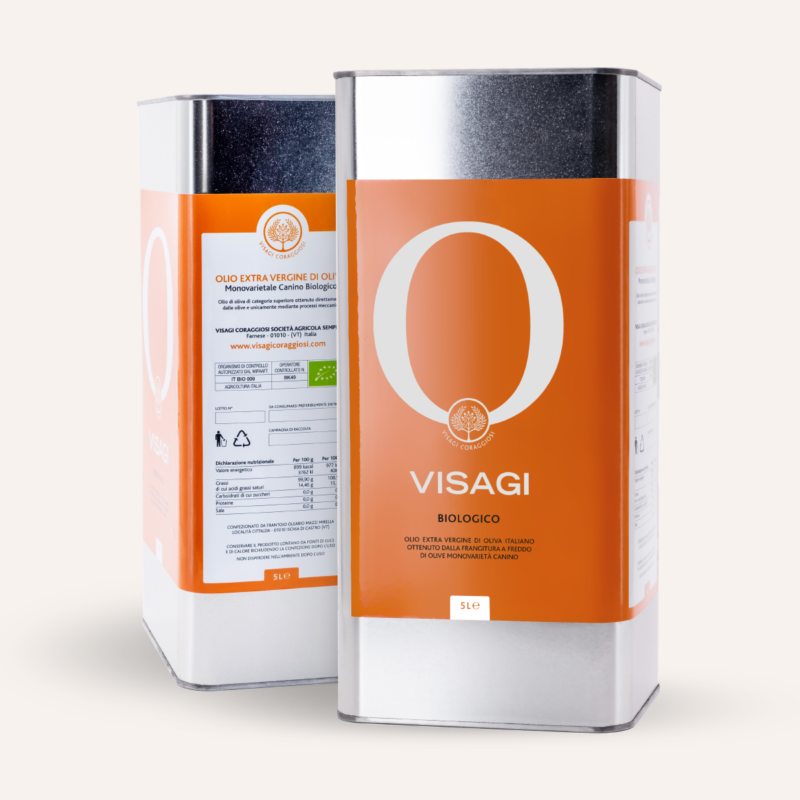
How to read the label of olive oil?
Olive oil is a key ingredient in many cuisines, prized for its nutritional properties and unique flavor. However, with a wide range of oils available on the market, it can be difficult to choose the right product. One key to making an informed choice is knowing how to read and interpret the olive oil label. In this article, we will guide you through the essential information on the label and explain how to interpret it.
1. Product name
The label should indicate the type of oil contained in the bottle. The most common designations are:
- Extra virgin olive oil: This is the highest quality oil, obtained by pressing olives without the use of chemical processes or heat. It has a maximum acidity of 0.8 percent.
- Virgin olive oil: Similar to extra virgin, but with slightly higher acidity and a less perfect organoleptic profile.
- Olive oil: A blend of refined and virgin oil. Does not have the same aromatic qualities as virgin oils.
2. Origin
The geographical origin of olives is a key indicator that can greatly influence the flavor, aroma, and quality of the oil. Different regions have unique soils, climates, and olive varieties that impart distinctive characteristics to the oil produced.
- Country of origin: This information tells you which country the olives used to produce the oil come from. For example, “Produced in Italy” or “Origin Spain” might be indicated. Each country, and often specific regions within a country, have distinctive flavor profiles due to their particular olive varieties and production methods.
- PDO/PGI: These marks (Protected Designation of Origin and Protected Geographical Indication) are guarantees that the oil comes from a specific region and meets certain production standards. For example, an oil with a PDO designation from a certain region means that all production steps, from growing to pressing, took place in that specific area. This can be an indicator of high quality and authenticity.
- Regional details: Some labels may go beyond simply indicating the country and specify the region or even the city of origin. For example, “Tuscany” or “Andalusia” might be mentioned, offering additional details about where the oil came from.
- Variation in vintages: Just like wine, olive oil can vary from one vintage to the next depending on weather conditions. Although not always present, an indication of harvest year can provide information about the freshness of the oil.
- Traceability: Some producers provide QR codes or systems that allow consumers to trace the exact origin of the olives used, providing complete transparency on the production chain.
3. Expiration date
Olive oil does not improve with age. Check the expiration date to make sure you consume the oil while it is still fresh.
4. Extraction method
The label may indicate how the oil was extracted:
- For example: Cold-pressed: Means that the oil was extracted without the use of heat, best preserving its properties.
5. Nutritional values
Many manufacturers include a table of nutritional values, showing:
- Calories
- Total fat is divided into saturated, monounsaturated, and polyunsaturated fats.
- Vitamins: Especially vitamin E, common in olive oil.
6. Other Certifications
The label may show additional certifications, such as:
- Organic: Suggests that the olives were grown without the use of pesticides or chemical fertilizers.
- Fair Trade: Suggests that the oil was produced by certain ethical standards.
7. Ingredients
Although the main ingredient is olive oil, some labels may list additional ingredients, such as flavorings or other oils.
Conclusion
Reading an olive oil label carefully allows you to make an informed choice and select an oil that meets your needs in terms of flavor, quality, and nutritional value. With a little practice, you will become an expert at deciphering labels and choosing the perfect oil for you.

